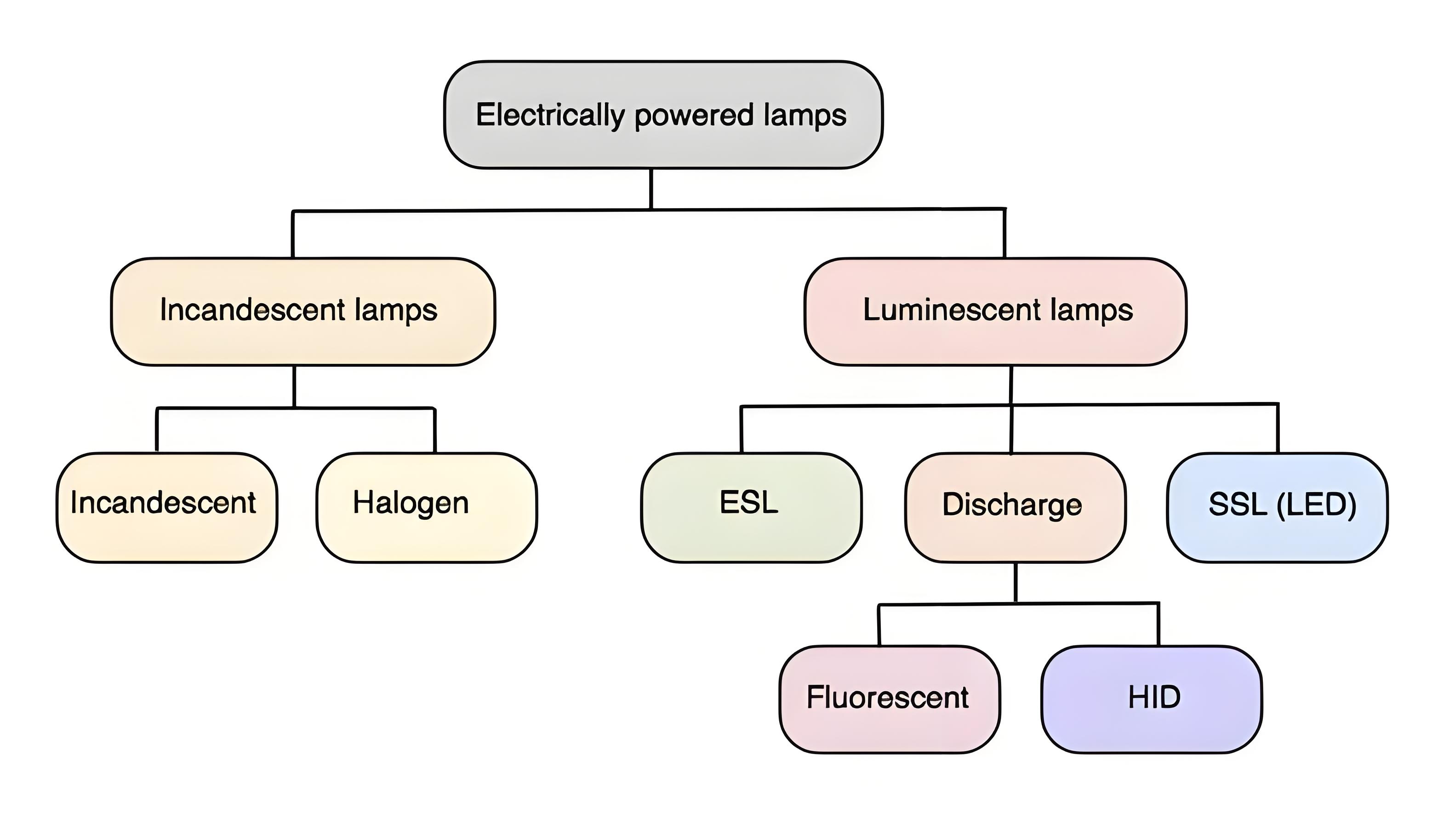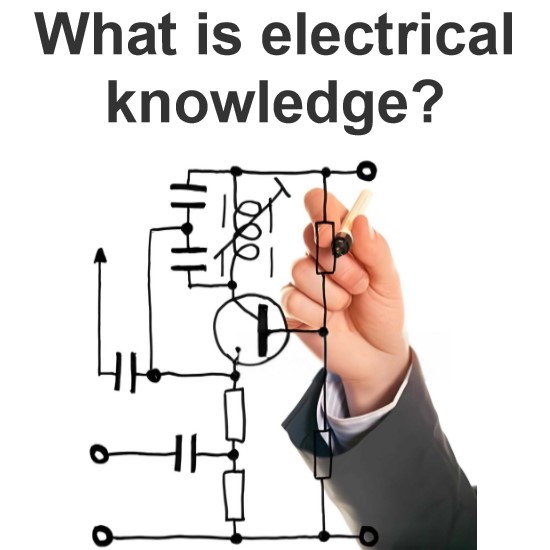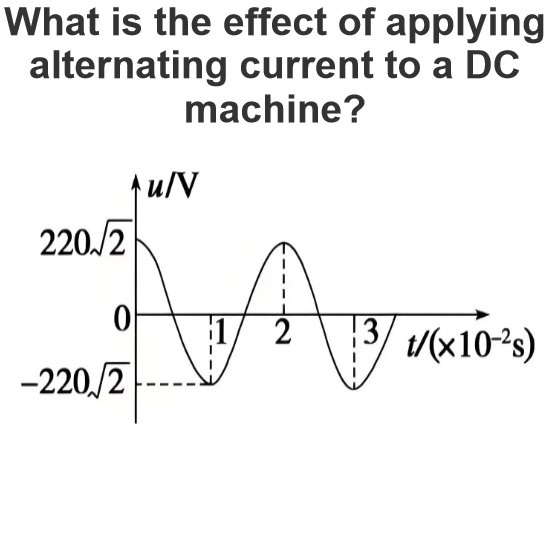Types of Lamps
Lamp Definition
A lamp is defined as a device that produces artificial light for uses such as visibility, decoration, and signaling.
How the lamp works
Electricity: Electricity is the flow of electrons through a conductor. When electricity passes through a lamp’s filament, gas, or semiconductor, it causes them to emit photons (light particles).
Gas: Gas is a state of matter that consists of molecules that are free to move. When gas is heated or exposed to an electric current, it produces light by ionizing (losing or gaining electrons) or exciting (increasing the energy level) its atoms.
Solar: Solar is the radiant energy that comes from the sun. When solar energy hits a lamp’s photovoltaic cell (a device that converts light into electricity), it generates an electric current that powers the lamp.
Types of Lamps

Energy Transformation
Lamps work by converting electricity, gas, or solar energy into visible light, each type utilizing a different mechanism for this conversion.
Safety and Environment
Proper disposal of lamps, especially those containing mercury, is crucial to prevent environmental damage and health hazards.
Lamp Applications
Lamps provide critical benefits in terms of visibility, safety, and aesthetic appeal, making them essential in various settings from homes to industrial areas.
The Electricity Encyclopedia is dedicated to accelerating the dissemination and application of electricity knowledge and adding impetus to the development and innovation of the electricity industry.













